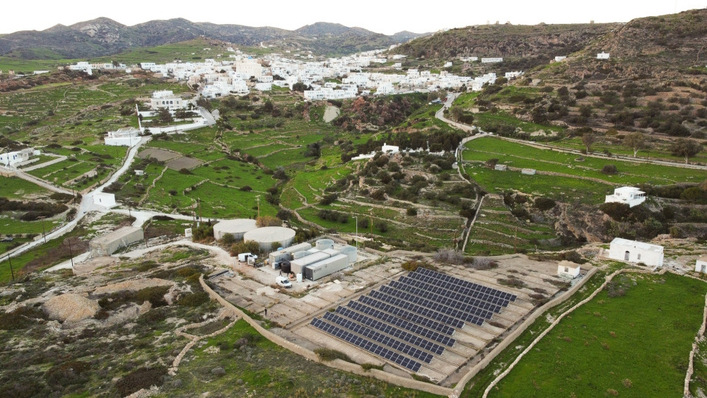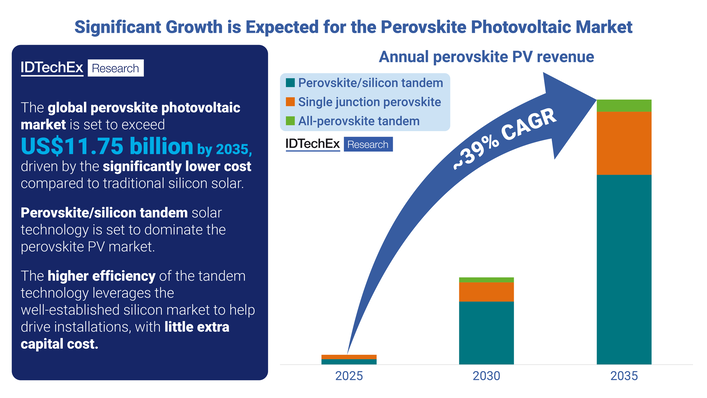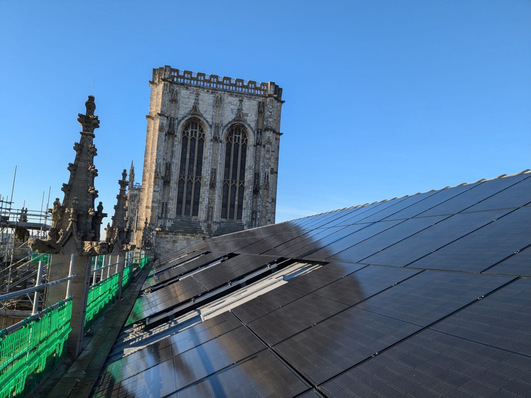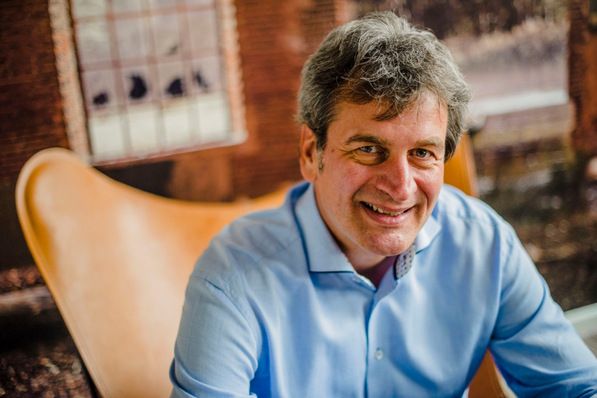This week, our topic of the week is subsidy-free solar installations. In our second practical example, we show how an English football club has put solar on their home stadium.
The Keepmoat Stadium, in the northern English city of Doncaster, is the home of the Doncaster Rovers football team, which currently plays in League One in the English football pyramid. The stadium became the first professional football ground to adopt solar in the U.K., when a 50 kWp solar array was installed in 2013.
Ever since, Doncaster Rovers has enjoyed annual electricity bill savings of more than £3,000 per year and feed-in tariff (FIT) payments of more than £6,000 per year. Encouraged by its solar journey, the club decided this year to increase the capacity of the solar system on the stadium roof with solar panels – and Hanwha Q CELLS’ high-efficiency Q.PLUS-G4.3 modules were chosen for the purpose.
Football fever, solar solutions
The extension of Doncaster Rovers’ solar footprint has been facilitated by an intelligent power purchase agreement (PPA) set up by Oakapple Renewable Energy, which installed the 178.4 kWp system at the 15,000-capacity stadium. This PPA is one of the first subsidy-free PPAs in the U.K., and it enables Doncaster Rovers to directly purchase the solar energy produced at rates 25% below grid-supplied energy prices. The PPA has also been expanded to include the older 50 kWp array – owned by the football club – into the terms of agreement.
Savings of nearly £1 million
The solar modules, fitted on to the south-facing rooftop at the Keepmoat Stadium, will allow the football club to pay just £0.085 per unit of electricity under the new PPA, compared to a previous price of £0.110 per unit. Over the course of the installation’s lifetime, this could lead to savings of nearly £1 million – or in other words, enough to pay Cristiano Ronaldo’s Juventus FC wages for two weeks.
Solar power and football are becoming increasingly close teammates throughout the world. Hanwha Q CELLS is a sponsor of RB Leipzig, rising star in the German Bundesliga and located a few kilometers away from the Hanwha Q CELLS GmbH headquarters in Thalheim, while a growing number of other professional clubs globally have awoken to the idea of using solar PV to power their stadiums, lower their overheads and clean up their energy supply.
Transition to a post-FIT solar market
Sean Collier, Head of U.K. Sales, Hanwha Q CELLS, said, “It’s already been a glorious summer of football for England, and it is exciting to see forward-thinking clubs such as Doncaster Rovers embracing solar power in such a positive way. The reliability, high efficiency and high power output of the Hanwha Q CELLS Q.PLUS-G4.3 solar modules will ensure that the club can continue to enjoy affordable and clean electricity bills for many years to come.”
Collier continued, “With the U.K. FIT for new installations set to close in March 2019, it is vital that flagship projects such as this one lead the way in transitioning the U.K. solar market to a post-FIT, sustainable and profitable PV landscape.”
David Cockayne, Managing Director of Oakapple Renewable Energy Ltd., added, “Doncaster Rovers now has no ongoing maintenance to worry about, pay for or administer. The solar system is fully insured by the PPA funder, and there will also be no concerns about any future business rate increases. This security and peace of mind is vital and allows the football club to fully focus on its dreams of on-field success.” (HCN)
Here, in case you missed them, are Part 1, Part 2 and Part 3 of this week's topic. Tomorrow we will stay in the UK and one last example of what is possible.







